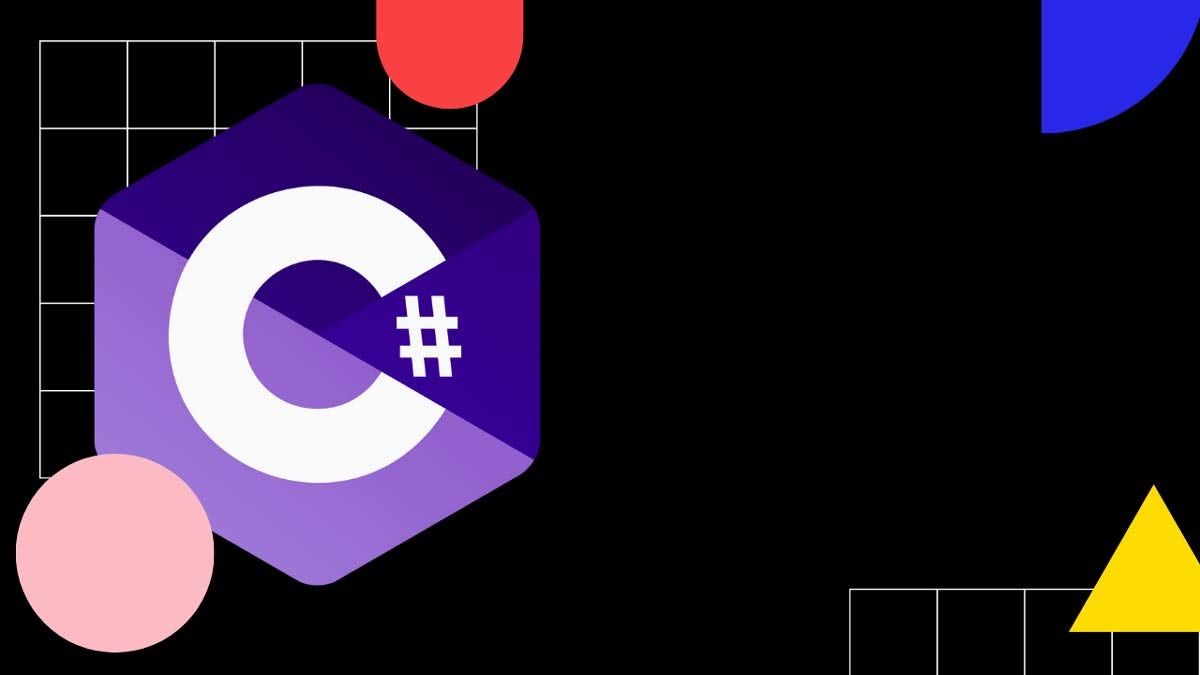How to safely stop a thread in C#?
Stop a thread in C#
Thread.Abort is obsolete. Instead, use a cancelation token to stop a thread.
To stop a thread in C#:
- Create a token source
new CancellationTokenSource();. - Pass the cancelation token to your method.
- Check the status of the cancelation token:
IsCancellationRequested. - If the caller requested cancelation, terminate the operation.
- Dispose of the cancelation token source.
Here's the full code of how to stop a thread:
using System;
using System.Threading;
CancellationTokenSource tokenSource = new(); // Create a token source.
Thread thread = new(
() => LongRunningOperation(tokenSource.Token) // Pass the token to the thread you want to stop.
);
thread.Start();
Thread.Sleep(1500);
tokenSource.Cancel(); // Request cancellation.
thread.Join(); // If you want to wait for cancellation, `Join` blocks the calling thread until the thread represented by this instance terminates.
tokenSource.Dispose(); // Dispose the token source.
Thread.Sleep(1500);
void LongRunningOperation(CancellationToken token)
{
while(!token.IsCancellationRequested) { // Check if the caller requested cancellation.
Console.WriteLine("I'm running");
Thread.Sleep(500);
}
}Don't reuse your cancelation tokens. Once you cancel it should be disposed.
Stop vs Abort: C# Thread
The main difference between stopping a thread and aborting it in C# is that stopping a thread is a graceful process that closes out a thread while aborting a thread is a disruptive process.
When we abort a thread, we run into potential resource locks that can cause negative downstream effects in our application. Instead, stopping a thread using a cancellation token is always the preferred solution.
Abort a thread using Thread.Abort
In .NET 5 and later, Microsoft deprecated the Thread.Abort method. If you try to use it, you'll always get a PlatformNotSupportedException exception.
Using Thread.Abort used to be the most popular way to stop threads, but it has always been problematic:
- When you call
Thread.Abortto abort a thread it's hard to know what code has executed before we got ThreadAbortException exception. - When you abort the thread, it's difficult to preserve state integrity.
- When you abort unmanaged code, the runtime marks it ThreadState.AbortRequested but the exception is only thrown when the thread returns to managed code.
Josip Miskovic is a software developer at Americaneagle.com. Josip has 10+ years in experience in developing web applications, mobile apps, and games.
Read more posts →
I've used these principles to increase my earnings by 63% in two years. So can you.
Dive into my 7 actionable steps to elevate your career.
